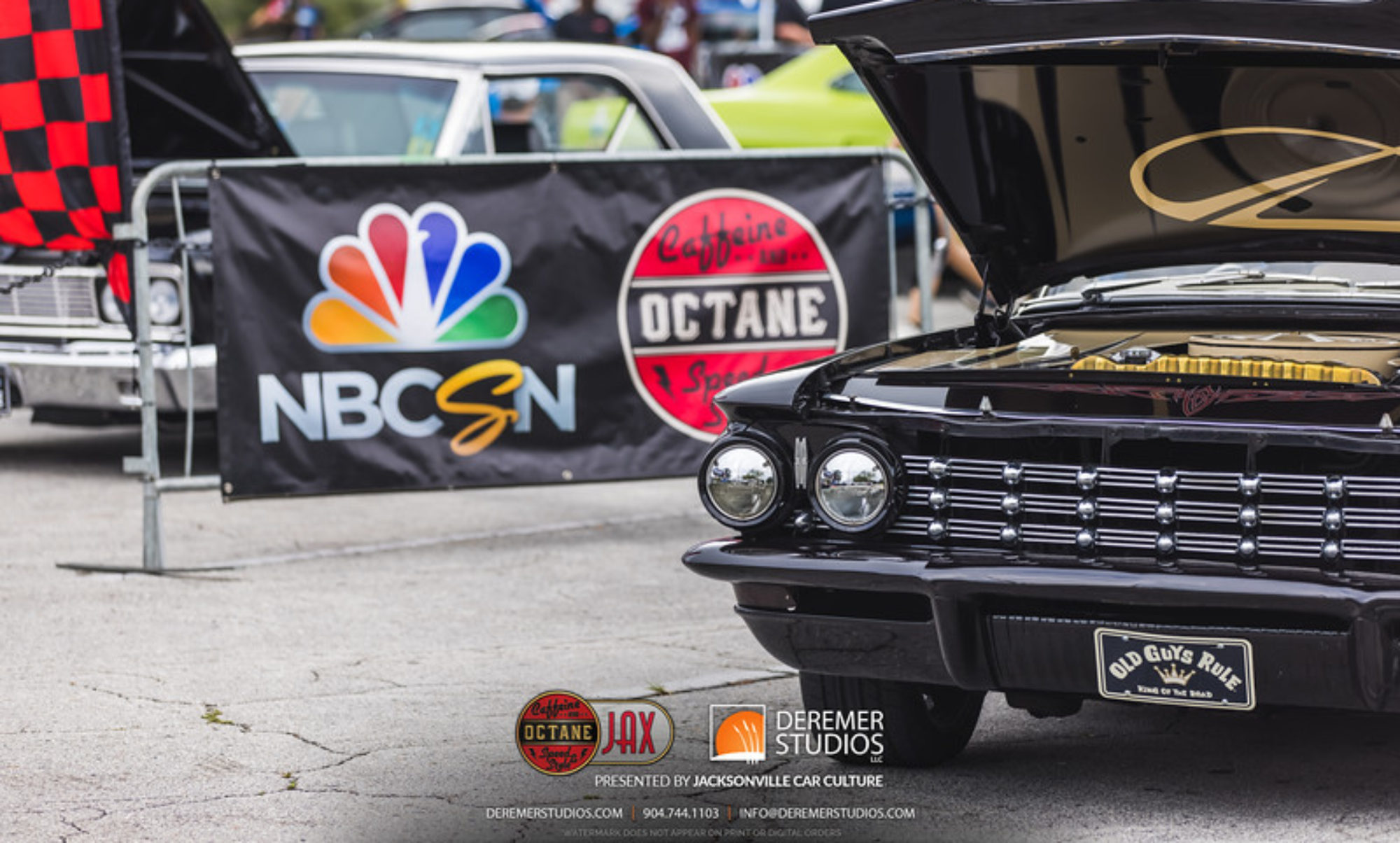About The Car:
2017 Nissan 370Z
“I was in a head on collision that totaled my 2012 mustang GT. A few weeks later I met my (soon to be) wife and consulted her while I was in the market for a new car. After having one sports car totaled I was not discouraged in my ownership of a performance driving machine.
I was considering the 370Z, GT86, and 2017 Camaro ZL1. I was a few months from being deployed so it was ether get something lower down now or wait till post deployment and get a ZL1. I decided to get something then and build it up as I went. I had a friend take me to the nissan dealership as they had the base model 370Z.

After sitting in it I was set, I didn’t even need to go look at the GT86. Four hours later after a lot of haggling over the price I walked out with the keys to a 2017 Nissan 370Z from the show room floor with 67 miles on the odometer.
One of the first things I did was drop in a set of resonated down pipes to get rid of the constricted exhaust sound. As I was working on this I had just removed the cats when the auto hobby center on the base had to close. I left, moving my car with open headers out of the shop and to the parking lot where I was hit by a distracted driver on the driver quarter panel and wheel and he pushed on and creased my door as well. Insurance covered the $4,500 in damage. The collision center worked on my car after I left for deployment just two days after the accident. My wife, who was my girlfriend at the time, and her mom picked my car up from the shop for me.
Upon returning home for a month break in our deployment, I installed my down pipes. Sounded amazing but there was still some restriction from the factory intakes. After that deployment I married my wife. A few months passed and we began working up to another deployment. I had to leave for a month in the middle of moving into our new house. When I returned my wife had bought me a cold air intake I had been looking at before I left.
With the restrictiveness of the factory components removed I put the breaks on modifications for few months then I bought a set of pedal covers, a 5 point harness, and weighted shift knob. Fast forward till after second deployment and I got a bucket seat where in I manufactured my own seat brackets. After that it was time for new tires and with that I installed slotted rotors and higher temp brake pads. Puts us at the current time in history.”
Cody’s Story
“I was born and raised in Alaska. Single income poverty line family of six. My step dad worked in construction and as a hunting guide during summer months. Winters were slow for him, so we were always under the pressure of making bills.

As I grew up I was interested in trucks, dirt bikes, guns, and airplanes. The last I pursued to a great extent; working at the local airport for an aircraft mechanic as work study at the age of fourteen. I was home schooled, so it was not uncommon for me to do my school late in the evening after spending eight to ten hours in the hanger. I was also a participant in the Talkeetna branch of Build a Plane.
After my boss at the airport moved, I went to work for a machine shop making aircraft parts but was forced to quit after my school load took up too much time and I was unable to balance a full time job there. Later that school year I went to work on tourist aircraft for a few months.

After graduating I enrolled in AVTEC, a trade school in Seward AK. I started in their industrial electrical program but due to difficulties in understanding and keeping pace with the other thirty one students, the two instructors encouraged me to move to a different program. I did and found a last minute seat in the structural welding program.
Now for a later life point of view – I was not the greatest student. But I had a natural talent for welding and it was the program I initially wanted to get into but it had been full at the time I had enrolled earlier. After graduating with high marks. I went to work for my parents company that was still in the process of growing while I waited for my resume to be noticed. But after half a year I enlisting in the navy as an AE.
After boot camp and initial schooling I got orders to a helicopter squadron in Jacksonville Florida. Where I discovered trucks were impractical, but sportscars?
Thus my car guy phase started and has been fueled since, with no indication of stopping.”
Interested in showcasing your ride? Send us a message at chris@firstcoastcarculture.com































